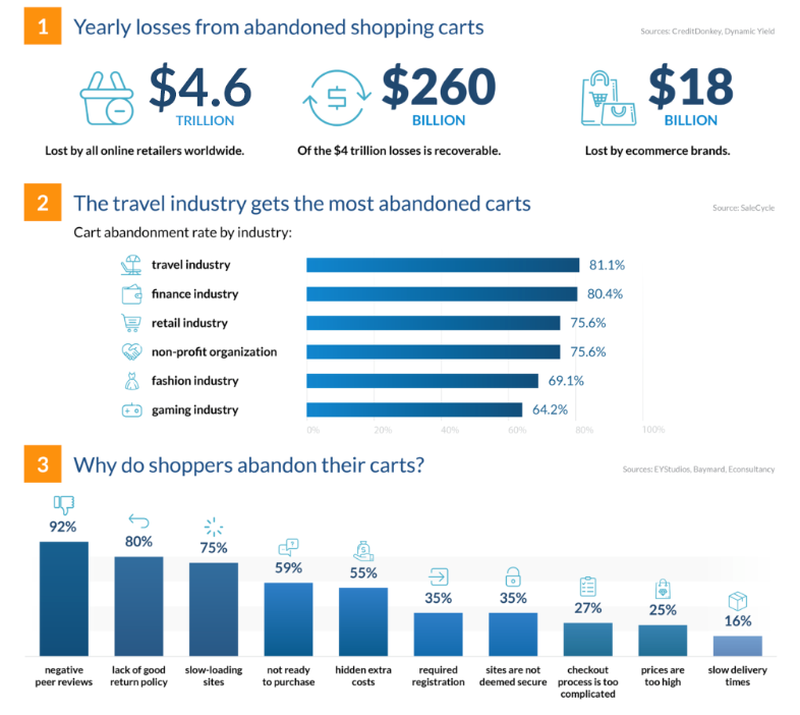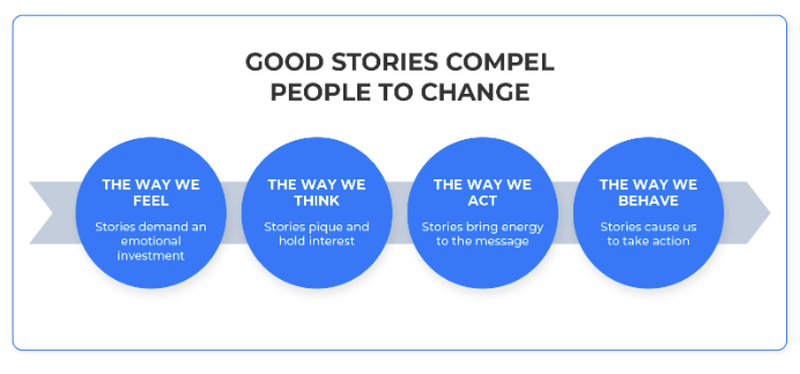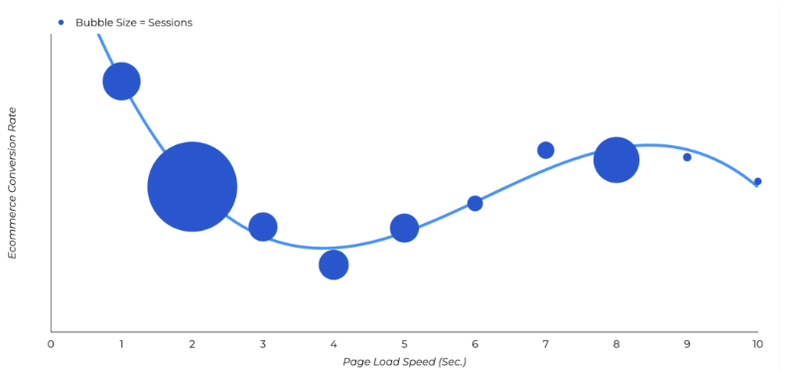
Some may consider the term “Headless Commerce” a buzzword, but the term and the solution behind the term, continues to gain momentum for good reason. To understand why this is the case, non-technical Executives need to gain an appreciation for what Headless Commerce means, how it can translate to business value, and how it differs from the other eCommerce platform solutions in the market.
This article is designed to unpack the meaning of Headless and talk specifically on how it supports retail strategy and produces competitive advantage if done right.
The Distinction between Headless and Monolithic:
eCommerce platforms all over the world, in an overly simplistic summary, comprise four characteristics or components…
- A presentation layer (this is where all the content is held and should be set up to make it easy for consumers to engage with - its the technical consumer touchpoint of an eCommerce platform)
- A product database (where all product content is held along with its category classification other information that comes from external systems such as inventory availability)
- A checkout (the steps needed to complete a transaction)
- A system or method to connect to other business systems
The presentation layer is also where the product database is pulled in to intermingle with the content.
A standard eCommerce Platform is where all four are embedded into a single Platform. This is referred to as a Monolithic eCommerce Platform.
A Headless Commerce Platform is where the presentation layer is a separated from the other three components.
Headless Commerce Platform - The “Body” Analogy:
To help illustrate the philosophy of Headless Commerce, the human body will be used.
The “Head”:
The human head is how people communicate and interact with each other and the human body does all the work in moving the head into position to interact with others. The human head is the communication device.
In eCommerce the "Head" is the presentation layer designed to engage and the "Body" still does all the behind-the-scenes heavy lifting to drive engagement by sourcing an array of information which is pushed up to the presentation layer. The "Body" holds the database, the checkout, and speaks to multiple business systems to pull in the information needed to enrich experiences.
The Monolithic eCommerce Platform has a "Head" and "Body" which are embedded into each other.
A Headless Commerce Platform has the following differences...
- It only has a "Body"
- The "Body" is designed to elegantly connect with an array of different "Heads"
- The "Head" is a highly customisable presentation layer software
This separation of the head is important to understand because it gives retailers and B2B's immense scope to activate unique and personalised experiences (more on this later).
The "Body":
In Headless Commerce, the “Body” comprises the database structures, functional elements, integrations, and connections to various business systems.
While the human head holds all thinking, logic, and rules to engage for the human body, in a "Headless Commerce" solution, its the "Body" where all the thinking and logic is held. The only thinking the "Head" needs to do is to present content in the most intuitive and meaningful way possible.
How can a Headless Commerce Platform add value to Retail/B2B strategy:
With the above explanation in place, we move to unpack how a Headless Commerce Platform can support Retail and/or B2B business strategy.
#1. Experience Flexibility:
One of the more common criticisms for “Monolithic Platforms” is its lack of flexibility in intermingling content with product databases.
Customers want to interact with products and content. Retailers are limited because most Monolithic Platforms do not have the flexibility needed to mix content and database to meet the engagement needs of customers.
This Platform-rigidity stifles personalisation opportunities as well as the ability for Retailers to move and respond as quickly as the customer's engagement needs change and evolve.
By having a separate “Head” the Retailer is no longer bound by traditional eCommerce platform rules for product presentation.
#2. Rapidly Align to Consumer Demand:
As an extension to the point above, with a flexible presentation layer, Retailers are able to rapidly pivot to create new experiences to match consumer demand that was not identified previously.
The importance of this nimble presentation layer structure cannot be understated.
The foundation to new customer acquisition strategy demands continuous analysis of incoming data/insights and the rapid execution of content and product to produce experiences which align to newly found consumer demand.
One example of this in action was seen in 2019. There was a clear shift in consumer search behaviour in the beauty industry. The consumer desire to engage with beauty brands lessoned, and shifted to become more focussed on specific ingredients.
This from a leading Beauty Retailer (The Hut Group) who spoke to Vogue:
We saw searches for ingredients start to climb rapidly, particularly within the skincare category, growing over 229 per cent year on year
Recognising this consumer shift is one thing, but what happens to a Beauty retailer who has a Monolithic platform engineered to support journeys that are product driven? And how easy is it to adjust these structures to create ingredient-driven content, categories and journeys.
#3. Intuitive Checkout Experiences:
Today, businesses are losing between 65% to 81% of people who start the checkout journey on their site.
The graph below is merely a snapshot of the size of the problem which shows total losses of abandoned carts, abandoned carts by industry and the top reasons people leave the checkout.

Click here to read an article I wrote for Econsultancy back in 2017 on the Cart Abandonment issue.
As seen above, there are many reasons for consumers to bail out of a checkout, but this insight is meaningless when a Retailer has no control over a checkout experience which is immovable: a sobering reality of Monolithic eCommerce platforms.
The impact of this can be seen in the research (above) where 27% of checkout abandonment occur because the "checkout process is too complicated".
Headless Commerce gives the desperately needed flexibility to Checkout journeys. Imagine a scenario over a single month where a retailer has 50k consumers begin the checkout and only converts 15%, translating to 7,500 transactions.
Now imagine this same scenario where an intuitive checkout journey converts 25% (instead of 15%). This represent an increase of transaction volume to 5k in a single month. If the average order value was $50, the increased revenue in a single month would be $250k: a 25% checkout conversion rate is a conservative performance.
#4. Content and Product – Selling the “Origin Story”:
In the physical retail world, many products and brands have “origin stories”, the reason a product came to life. In the physical retail world, these “origin stories” are told by salespeople. Unfortunately, this is not being translated online due to the inflexible nature of eCommerce Platforms.
The act of selling the "Origin Story" is strategic and core to Luxury Retail as one example.

Forbes agrees and had this to say about Brand and Product storytelling....
Brand storytelling is no longer a nice to have. It is a need to have, and what will ultimately maximize your business’s visibility, profit, and impact. Treat it as a compass for your marketing strategy, and the result will be a brand that is as profitable as it is captivating.
This "origin story" strategy is also a necessity for "vertical retailers" or those who design and manufacture their own products. This "origin" is a point of difference, which can only be leveraged when it can be perfectly represented online.
With the ability to introduce content around product databases, there is a high degree of flexibility in origin storytelling on Headless Commerce platforms.
#5. Pageload Speeds - Fast Loading Sites Convert:
The correlation between fast loading sites, consumer engagement, and online conversion rates are well documented.

Recent research found, a site that loads in 1 second has an online conversion rate 2.5x higher than a site that loads in 5 seconds.
Despite this common knowledge, the act of creating fast loading sites on Monolithic platforms continues to be problematic.
This is due to a variety of things but the most common issues can be summarised as...
- Presentation layer content loaded with heavy imagery
- The configuration of product databases within the eCommerce platform
- The integration and retrieval of information from other business systems
Point 1 is well known, but Points 2 and 3 are less talked about.
Nobody speed tests the product listing pages, the most engaged page type on any retail site. They are slow because of the behind the scenes logic needed to present a section of the product database.
It's this cohesive system of specialist "Head" and "Body" where the sharing of information is designed specifically to reduce page loads.
#6. Standard Retail Offering Unique Retail Experiences:
There are many Retailers who are considered "standard" in their need to present products online, but increasingly, they are activating unique, non-standard retail experiences to build loyalty.
One example of this commonly found with Department Store retailers is the Gift Registry experience designed to service Weddings, Baby Showers, House Warming etc...
Most retailers who offer this service get it right in store, but translating this to intuitive online experience is difficult because there needs to be a flexible presentation layer in place to make this work on mobile screens.
This is a great example of how a Headless solution is strategic.
#7. Travel and Experience Retail:
Online Travel sites have three components to their selling journeys...
- A Destination/location
- An accommodation type
- A method of travel
Combined with the above is the variation in the experience that can be had with each. There is the ability to spend more or less to improve the experience (think "Business Class" for flights), and/or the ability to add more (think tours to Hotel bookings).
With this in mind, this type of retail requires a high degree of flexibility in its creation of products and the checkout process.
There is nothing standard about this type of journey and the way a transaction is conducted. In fact the checkout is a journey within itself where customers configure and modify a product (travel booking) to suit their own needs, as they are checking out.
This type of retail greatly benefits from a highly pliable eCommerce platform that enables the journeys to be constructed first, systems and rules are then set afterwards. This is the Headless way.
The Costs:
All these strategic benefits to a Retailer comes at a cost. When considering a Headless Platform solution recognise what the business will be paying for that is different from a Monolithic Platform solution.
Some examples...
License Fees:
There will be two software licenses to be paid: one for the Headless Commerce platform (the “Body”), and one for the customizable front end (the “Head”).
Integration Costs:
There are integration costs between the "Head" and the "Body".
This passing information from the “Head” to the “Body” and “Body” to the “Head”, must be carefully planned for reasons stated above. However, there are specific softwares designed for Headless Platforms that would decrease these costs.
Site Build Costs:
The build costs will be for two platforms, not just one: the “Head” and the “Body”.
Ongoing Platform Support:
Ongoing support will be for two platforms.
Conclusion:
The true success in online retail comes in the ability to analyse data and apply continuous micro changes to customer experiences. It is this incremental evolution of journeys that separate the Market Leaders from the rest.
The ability to rapidly evolve online retail journeys, and inject personalised experiences as your view of the customer improves, is the new competitive advantage.
How much would you pay to have an advantage over your competitors?
This article was as tagged as AI eCommerce , Best Practice , Data Driven Decision Making , Digital Transformation , eCommerce Consulting